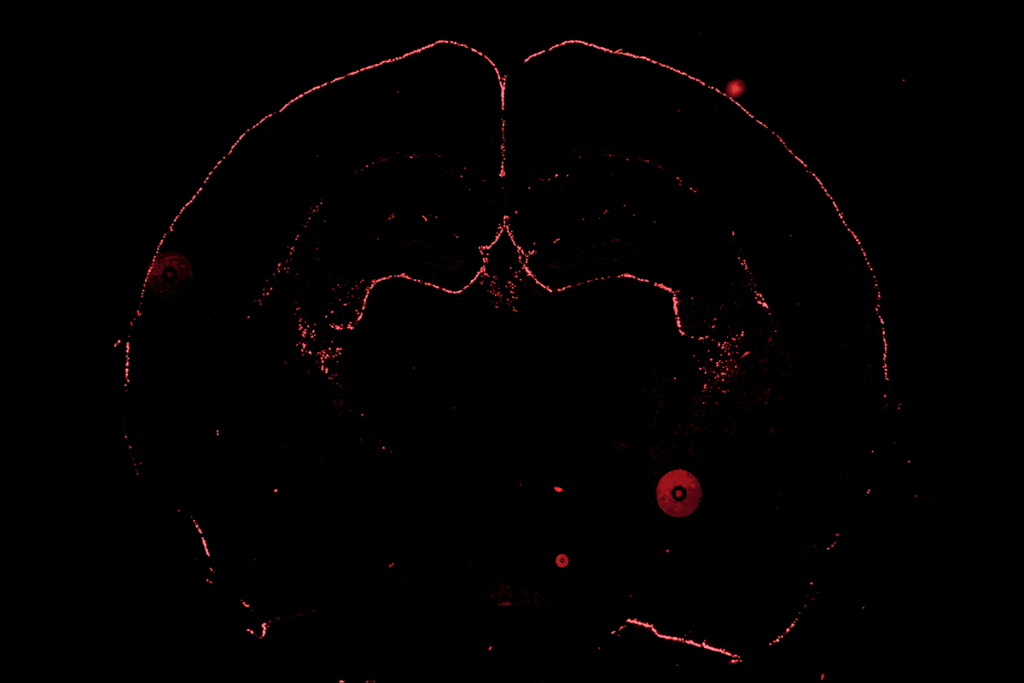
PeopleImages / iStock
Face processing may improve over time in children with autism
The activity of the brain’s face detector, the fusiform gyrus, in response to faces is greater in adolescents with autism than it is in younger children with the condition.
The activity of the brain’s face detector, the fusiform gyrus, in response to faces is greater in adolescents with autism than it is in younger children with the condition. Researchers presented the unpublished results Monday at the 2017 Society for Neuroscience annual meeting in Washington, D.C.
People with autism tend to show less activity in the fusiform gyrus when they look at faces than controls do. Difficulties with face processing may contribute to social deficits in autism. But until now, nobody had looked at how face processing differs among children with autism of various ages.
“Previously, people assumed that individuals with autism have a stable or static brain dysfunction” in face processing, says Daniel Yang, assistant research professor in pediatrics at the George Washington University School of Medicine in Washington, D.C., who presented the results.
The results suggest that the fusiform gyrus responds more strongly to faces as children with autism get older. This trend indicates that the region becomes a more specialized face detector with experience.
“It’s kind of encouraging,” Yang says.
Yang and his colleagues scanned the brains of 40 individuals with autism between the ages of 4 and 17. The participants lay in a scanner and looked at a series of images of houses and fearful faces.
Face place:
When the children looked at houses, their brains showed activity in the parahippocampal gyrus, which responds to places. The degree of activity in this area was no greater in older children than it was in younger ones.
When the children looked at faces, the fusiform gyruses in their brains became active. The activity was weak in the youngest children, but the older the child, the stronger the response in this region was likely to be.
An independent study published earlier this year found a similar pattern in a typical population: a maturation of the structure and function of the fusiform gyrus over time1.
Because that study measured the region’s activity in a different way, it’s not yet possible to compare the response to faces in people who have autism with that in controls at specific ages. But Yang and his colleagues have scanned 20 typical children and adolescents, age-matched to the study participants with autism. Those data should reveal how the responsiveness of the fusiform gyrus relates to age. “We have the data; we just need to analyze it,” Yang says.
Therapies that accelerate the age-related changes in the fusiform gyrus in individuals with autism could ease social difficulties in these individuals. For example, a more active fusiform gyrus might make eye contact more comfortable for them, Yang says.
For more reports from the 2017 Society for Neuroscience annual meeting, please click here.
References:
- Gomez J. et al. Science 355, 68-71 (2017) PubMed
Recommended reading

New tool may help untangle downstream effects of autism-linked genes

NIH neurodevelopmental assessment system now available as iPad app

Molecular changes after MECP2 loss may drive Rett syndrome traits
Explore more from The Transmitter
Who funds your basic neuroscience research? Help The Transmitter compile a list of funding sources

The future of neuroscience research at U.S. minority-serving institutions is in danger
